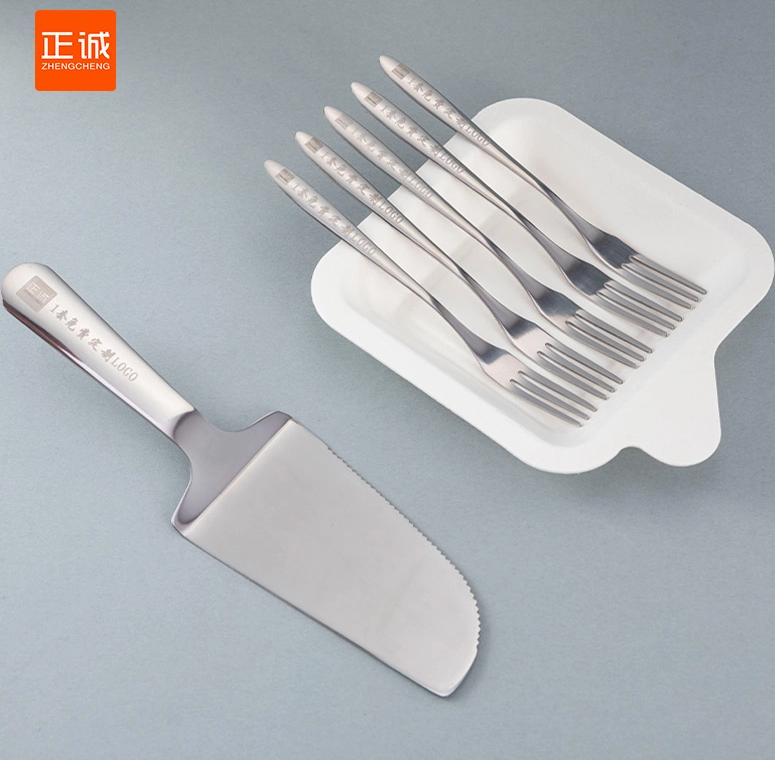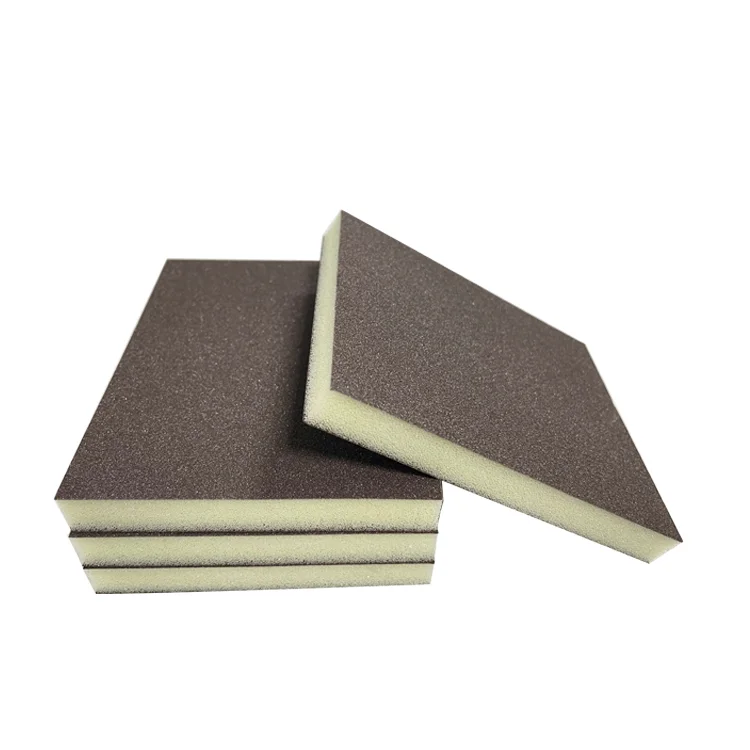In the realm of design and engineering, the ability to produce large-scale drawings and blueprints is essential. Whether for architectural plans, engineering schematics, or expansive graphics, the choice of print device can significantly impact the quality and efficiency of the output. This article delves into the various types of print devices commonly used for large-scale printing, highlighting their features, advantages, and ideal applications.
Understanding Large-Scale Printing Needs
Before exploring the specific types of print devices, it is crucial to understand the requirements of large-scale printing. Large-format prints typically refer to any print that exceeds the standard size of 24 inches in width. These prints are often used in industries such as architecture, engineering, construction, and graphic design. The primary considerations when selecting a print device include:
- Print Size: The maximum width and length the printer can handle.
- Print Quality: Resolution and color accuracy, which are vital for detailed drawings.
- Media Compatibility: The types of materials the printer can accommodate, such as paper, vinyl, or canvas.
- Speed and Efficiency: The printer's capability to produce large volumes in a timely manner.
- Cost-Effectiveness: Initial investment and ongoing operational costs.
Types of Print Devices for Large-Scale Drawings
- Wide-Format Inkjet Printers
Wide-format inkjet printers are among the most popular devices for producing large-scale drawings and blueprints. These printers utilize inkjet technology to deliver high-resolution prints with vibrant colors and sharp details.
- Advantages:
- Versatility: Capable of printing on various media, including paper, vinyl, and canvas.
- High Resolution: Ideal for detailed architectural and engineering drawings, often achieving resolutions up to 2400 dpi.
- Color Accuracy: Advanced ink formulations allow for precise color reproduction, essential for design presentations.
- Ideal Applications: Architectural blueprints, engineering schematics, posters, and banners.
- Plotters
Plotters, specifically designed for technical drawings, are another common choice for large-scale printing. Unlike traditional printers, plotters use a pen or a series of pens to create images on paper, making them particularly suitable for line art and vector graphics.
- Advantages:
- Precision: Excellent for producing intricate line drawings and CAD designs.
- Durability: Often use archival inks that resist fading over time, ensuring longevity for important documents.
- Cost-Effective for Line Drawings: Generally lower ink costs for monochrome prints compared to inkjet printers.
- Ideal Applications: CAD drawings, engineering plans, and technical illustrations.
- Laser Printers
While less common for large-scale printing, high-end laser printers can also be used for producing large-format prints, particularly in monochrome. These devices use laser technology to fuse toner onto paper, resulting in sharp text and graphics.
- Advantages:
- Speed: Capable of producing large volumes quickly, making them suitable for high-demand environments.
- Cost Efficiency: Lower cost per page for monochrome prints, especially for large runs.
- Less Maintenance: Generally require less frequent maintenance compared to inkjet printers.
- Ideal Applications: Black and white blueprints, technical documents, and presentations.
Factors to Consider When Choosing a Print Device
When selecting the appropriate print device for large-scale drawings and blueprints, several factors should be taken into account:
- Volume of Printing: Assess how frequently large prints will be needed. High-volume environments may benefit from faster, more efficient devices.
- Type of Media: Consider the types of materials that will be printed on. Some devices are better suited for specific media types.
- Budget Constraints: Evaluate both initial purchase costs and ongoing operational expenses, including ink or toner, maintenance, and media costs.
- Space Requirements: Large-format printers and plotters can take up significant space, so ensure that your workspace can accommodate the chosen device.
Conclusion
In conclusion, the choice of print device for creating large-scale drawings and blueprints is a critical decision that can influence the quality and efficiency of your output. Wide-format inkjet printers, plotters, and high-end laser printers each offer unique advantages tailored to different printing needs. By carefully considering your specific requirements, including print size, quality, speed, and budget, you can select the most suitable device to enhance your design and engineering projects. As technology continues to evolve, staying informed about the latest advancements in print devices will ensure that you remain at the forefront of large-scale printing solutions.



